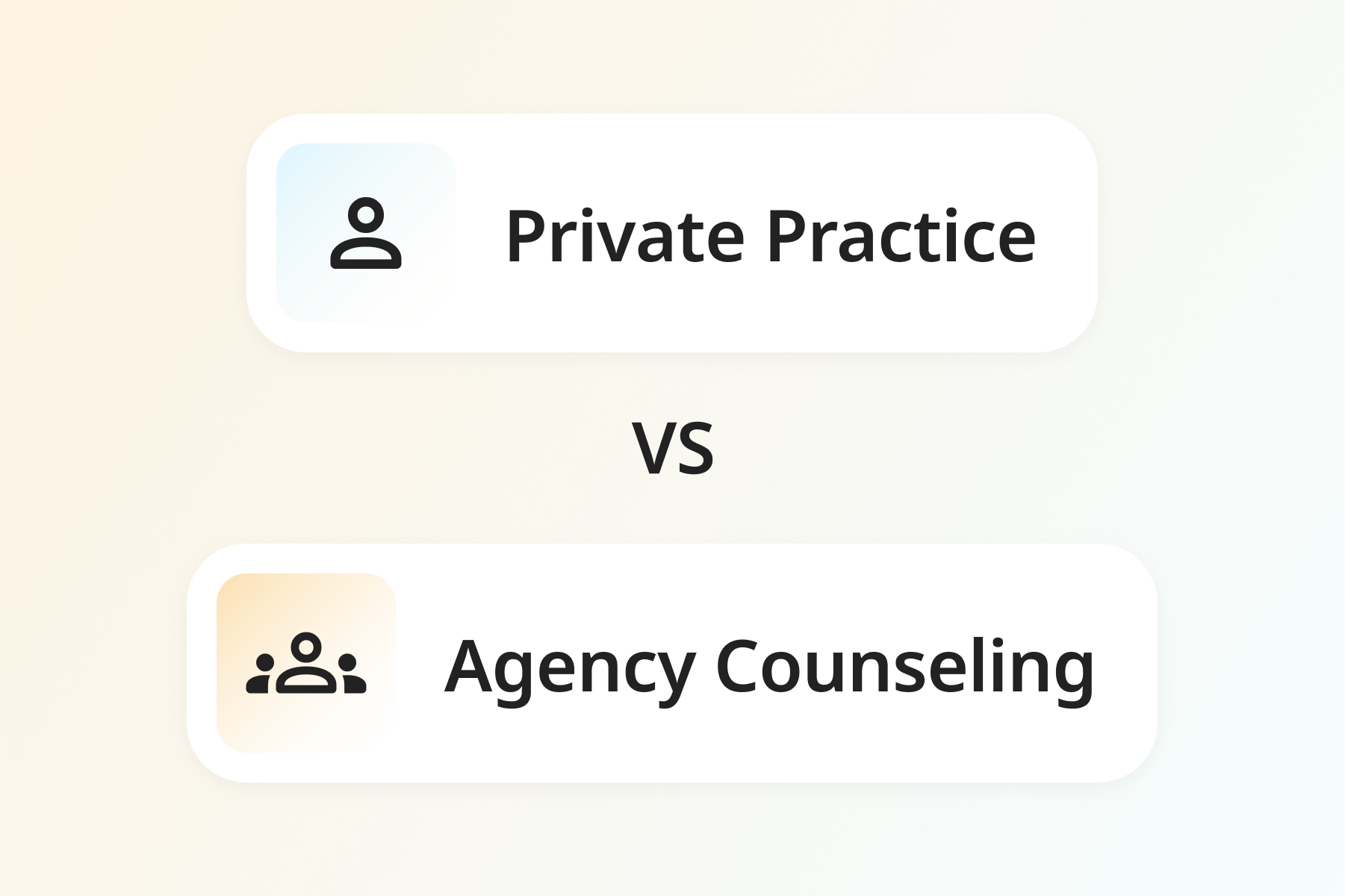Insurance Reimbursement: Know Your Worth


As a professional medical biller, I’ve often observed (and quickly corrected!) the providers I work with leave money on the insurance companies’ tables.
While their number one priority is care— mental healthcare providers are notoriously passionate about their chosen profession — every penny counts when it comes to insurance reimbursements.
So I ask, reader, do you know what you’re worth?
The Down-Low on Reimbursements
If your practice accepts more than one insurance provider, you’re probably frustratingly familiar with the reimbursement conundrum:
Insurance companies reimburse at different rates, but you don’t have the flexibility of changing your fees to reflect those rates.**
**It’s actually illegal to set different fees for different insurance companies!
That means you’ll set one customer-facing price for your services, which is used for all insurance claims submitted. Naturally, your goal then becomes establishing a fee reflecting the highest reimbursement you could possibly see among your accepted insurance companies. Some are more generous, some aren’t.
Talk about complicated.
On top of a complicated price-setting process, you’re likely worried about filling your calendar. When trying to attract new clients, there’s always the temptation to lower prices. Sometimes, we’ll jump to this solution before the client has even asked for it!
The result? Often, the discounted price you charge is less than what insurance companies are willing to reimburse, leaving money you’ve earned on the insurance companies’ tables.
Realistically speaking, you should be considering carefully the signals you send to potential customers with your price. Quickly dropping your price is often subconsciously interpreted by customers as a sign your services might not be worth their hard earned dollars.
For example: when we’re searching for the best carseat for a child or the best tires for our car, we often don’t look for the cheapest option. We look for the quality and value that can help us (and our loved ones) get where we need to go! Your clients are on a journey, too, and they’re choosing and trusting you to get them their safely!
Know your worth.
Getting More Transparency
You might be asking, “Darsey, why does this happen?” It’s because there’s precious little transparency.
As a provider, you sign a contract stating you won’t discuss your reimbursements. Simultaneously, you need to know what an insurance company will pay (max allowable) to help set your rates. It’s an age-old (at least as long as insurance companies have been around!) conundrum any provider must solve.
So, is it possible to solve? Can you know what insurance companies will pay and honor your contract with insurance providers?
If this is a question you’ve asked yourself, allow me to provide a few tips I pass along to my providers.
What CAN you do to get a better reimbursement from insurance companies?
To unpack this question, let’s first take a step back and look at the overall picture.
We’ve established that, as a provider, you sign a contract with insurance companies at the outset of your partnership. Basically, in advance of any claims submissions, this contract outlines the rates they’ll pay.
Perhaps you’re thinking, “Ooh, a contract. Wonderful. I’m an Ace Negotiator.” Unfortunately, unlike many contracts we encounter in life, the opportunity to negotiate better rates than what the insurance companies lists doesn’t exist here.
To add yet another wrinkle to the process, contracted rates are based on profession. They typically range widely and unpredictably.
Get familiar with your contracted rates
- Find your contracted reimbursement rates. Take a look at your contract with insurance company. This contract will include the rates you’ll be reimbursed. (Usually, this is at the bottom of your contract, but each will vary.)
- Create a record of your reimbursement rates. You may decide to record them someplace easy and accessible. We've created a template you can access easy and quick tracking.
- More than one contract? Track your. If you accept multiple insurance providers, take a look at each of the contracts and note the reimbursement rates.
- Reimbursement will vary for each insurance company, so add each of your accepted insurance providers to your tracker
- You’ll see a LOT of codes — don’t get intimidated. Try to locate those you know you’ll need first as a starting point. This list of actuals will be much smaller than the total list in your contract.
- Compare your rates. You can sort by CPT code once you are finished to see what insurance company and CPT code pays the most
This is the process we recommend to best set a fair price for both your practice and your clients. But we know time is your most valuable resource, so even if you don't want to create a tracking document, you should know the max reimbursable fee for the codes you’re using as you create your fees.
CMS has provided a handy tool to make this information public. They’ve combed the marketplace and created a database listing the max reimbursement per code paid by an insurance company.
For example, perhaps you’d like to know if you’ve set the correct price for a code you often use. You could input that code, 90837, for example, and compare the maximum fee with your pricing structure. For even better results, narrow this down by geography.
Click here to check out the database.
A note about private pay
With private pay patients, you can use a sliding scale to set your fees. However, if also accepting insurance, your fee should be listed as the same for clients using insurance or private pay. Therefore, it is still important to know your contracted rate!
And, even if you aren’t accepting insurance, knowing your contracted rate is helpful to know if your prices are fair and aligned with the market.
Guest Blogger:
Darsey Driver, Billing Specialist at TherapyAppointment with over 15 years of experience

.jpg)

